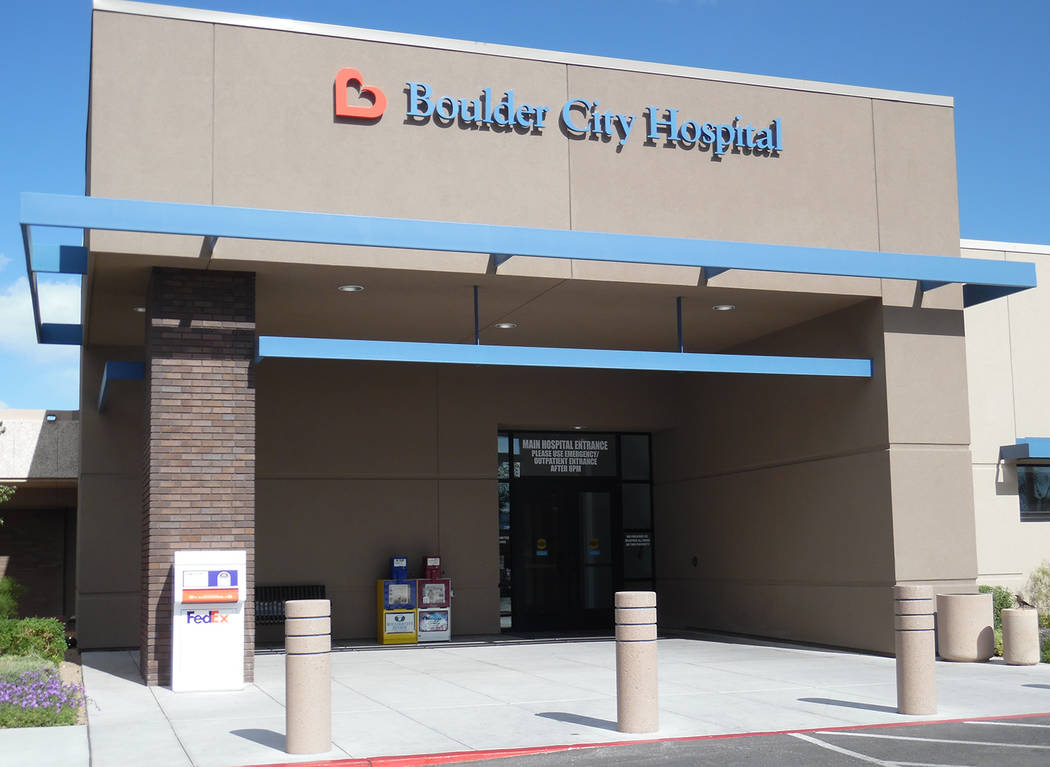Use clothing, sunscreen, shade to help prevent skin cancer
The best way to prevent skin cancer is to protect your skin from the sun and other sources of ultraviolet rays.
Protecting your skin today may help prevent skin cancer later in life. Most skin cancer appears after age 50, but skin damage from the sun can start during childhood.
Taking steps to prevent skin cancer may also help prevent wrinkles, blotches or spots on your skin and other damage to your skin and eyes.
Skin cancer is the most common kind of cancer in the United States. There are three main types of skin cancer: basal cell carcinoma, squamous cell carcinoma and melanoma.
Basal cell carcinoma and squamous cell carcinoma are also called nonmelanoma skin cancer, and they are much more common than melanoma. Melanoma is the most dangerous of these cancers.
Skin cancer can almost always be cured when it’s found and treated early. That’s why it’s a good idea to check your skin regularly for new growths (like moles or lumps) or changes in old growths. Tell your doctor or nurse right away if you find a change.
You should also see a doctor or nurse right away if you notice a new growth (like a mole or lump) on your skin, an existing growth that has changed in size, shape, color or feel, or have a mole that bleeds or a sore that doesn’t heal.
Ultraviolet radiation from the sun is the main cause of skin cancer. UV radiation can also come from tanning beds, tanning booths or sunlamps.
Anyone can get skin cancer. The risk is highest for people with fair (light-colored) skin with freckles, blond or red hair and blue or green eyes.
You are at increased risk for melanoma, one of the most dangerous types of skin cancer, if you have unusual moles (moles that change color, grow unevenly or change in texture), a large number of moles (more than 50), a family history of melanoma or unusual moles, fair skin that burns easily and a personal history of many blistering sunburns, especially when you were a child or teenager.
To protect yourself from skin cancer, you should stay in the shade as much as possible between 10 a.m. and 4 p.m., use sunscreen with SPF 15 or higher, cover up with long sleeves, long pants or a long skirt, a hat and sunglasses, avoid indoor tanning and check your skin for changes regularly.
When selecting clothing to cover up, try to find items made from tightly woven fabrics, as they are best for blocking UV rays.
Hats should have a wide brim that protects your face and neck. Avoid straw hats with holes that let sunlight through. If you wear a baseball cap or visor, be sure to protect your ears and the back of your neck with sunscreen.
Your sunglasses should block UV light. This will help protect your eyes and the skin around them from sun damage. Wraparound sunglasses are best because they block UV rays from the side.
Use sunscreen with UVA and UVB protection, also called broad spectrum sunscreen. Check the expiration date on the bottle to make sure it’s not out of date.
To get the most protection, wear sunscreen even on cloudy days. UV rays can still harm your skin when it’s cloudy outside. Be sure to use enough sunscreen: about a handful. Don’t forget to apply it to your ears, hands, feet, the back of your neck and any part of your scalp that isn’t covered by hair.
Plan ahead and put sunscreen on 30 minutes before you go outside. Put on more sunscreen every two hours and after you swim or sweat.
Also, use lip balm with sunscreen in it to protect your lips.
If you wear very lightweight or loosely woven clothing (like a beach cover-up or thin T-shirt), put sunscreen on under your clothes.
To Your Health is provided by the staff of Boulder City Hospital. For more information, call 702-293-4111, ext. 576, or visit bouldercityhospital.org.















